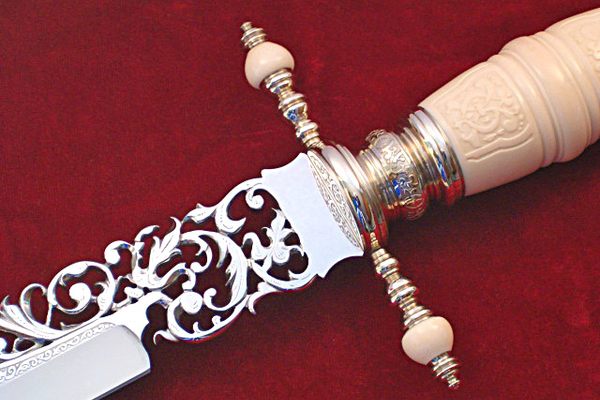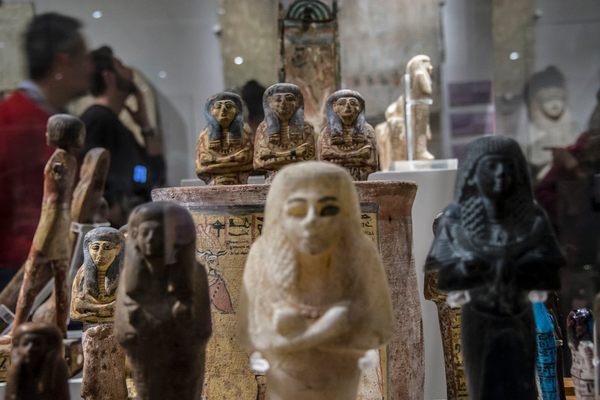Caballero No. 1
This sculpture of a rider on horseback once crowned the tomb of an Iberian aristocrat.
Albacete is one of the most important cities in La Mancha. It is the capital of the province of Albacete and if you ever feel like sightseeing there, the Museo de Albacete is as good a place as any. One of the most impressive pieces in the museum is Caballero No. 1, a sculpture that dates back to 490 B.C.
The statue of a rider on horseback was discovered in 1982 during an excavation in the necropolis of Los Villares, where it once crowned a funerary monument. Standing nearly two meters tall, the statue is one of the largest known pieces from the Iberian period. It depicts a man dressed in a short skirt that covers part of his thighs. His feet are shod in high sandals; the torso is crossed by straps that hold the shoulder pads, and a wide belt surrounds the waist denouncing its belonging to an aristocratic, ruling, and warrior class. However, the horseman does not carry any weapons, his head is bare to show the hairstyle with bangs and ringlets that evoke archaic Greek sculptures, as well as the smile on his lips and the cheekbones of his face.
The horse is standing, with its head bent, richly adorned on the forehead, on the straps, on the bit, and on the blanket, contrasting the work of detail and the head with the schematism of the body. Carved on a block of coarse-grained stone, it was painted in vivid colors of which no trace remains.
As an image of a reviled power at the beginning of the 4th century B.C., the sculpture was shot down, disfiguring the face of the knight, pierced by a spear.
Know Before You Go
A visit to the Museo de Albacete, which is located in the Parque de Abelardo Sánchez, is free of charge. The sculpture of Horseman Number 1 in on the first floor on the right






















Follow us on Twitter to get the latest on the world's hidden wonders.
Like us on Facebook to get the latest on the world's hidden wonders.
Follow us on Twitter Like us on Facebook